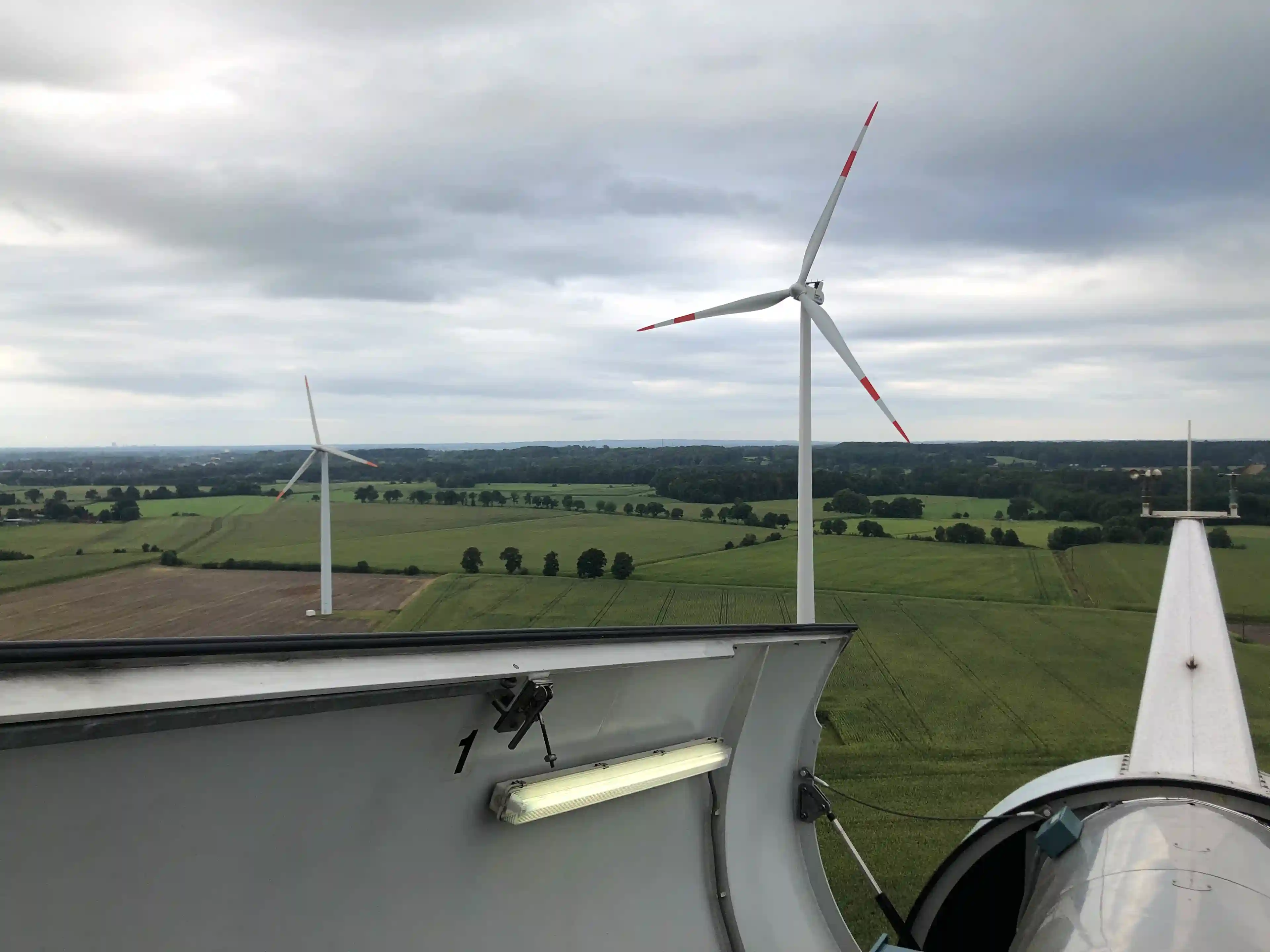Wind Farm Quarnstedt-Störkathen | Repowering-Project
The wind farm Quarnstedt-Störkathen I is located just a few kilometres from Prokon's headquarters in Itzehoe. The wind turbines there were built in 2001 and are turning with a total installed capacity of 11.7 MW. Quarnstedt-Störkathen I is one of the older wind farms in Prokon's portfolio, with over 20 years of operation. In early 2024, approval was granted for a repowering project in a record time of only seven months. Nine of the eleven old turbines will be replaced by just four new ones, which will then have a combined installed capacity of 28 MW – more than double the previous amount. Two existing turbines, located outside the newly designated suitability area, are protected and allowed to continue operating as long as their technical condition allows for cost-effective production. The dismantling of the old turbines is set to start in the first half of 2026, followed by the construction of the new ones in the second half of the year. A network connection with sufficient capacity is expected to be available by the end of 2027.
The Wind Farm in Numbers
0
wind turbines installed
0 MW
rated power each
Supplying around
0
households





